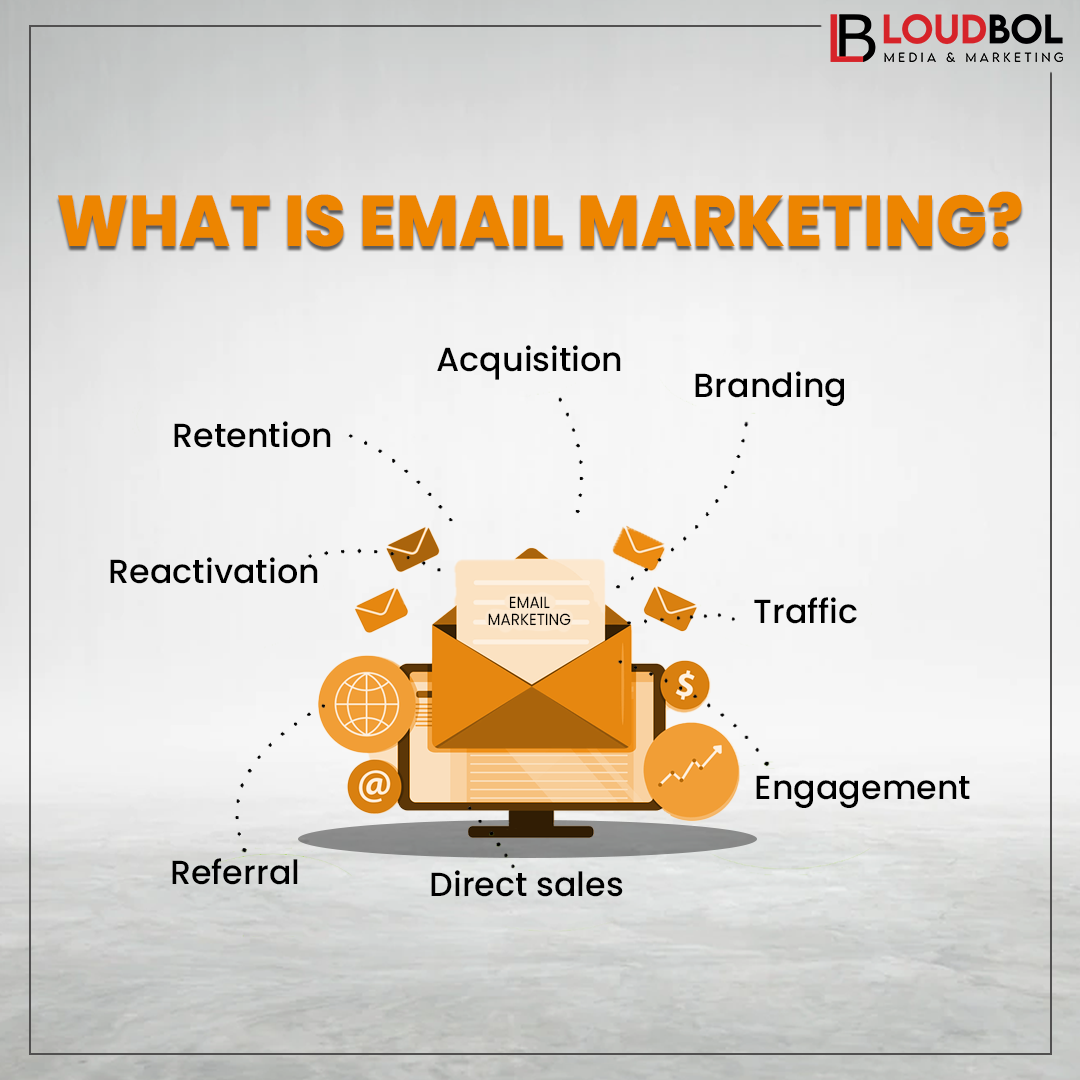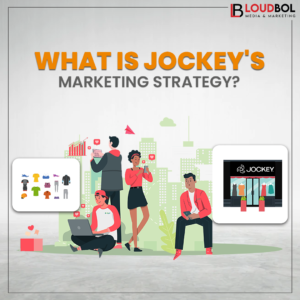Email marketing is one of the most effective ways to reach your target audience and promote your products or services. It’s also one of the most affordable and scalable marketing channels available.
In this post, we’ll cover everything you need to know about email marketing, from getting started to creating successful campaigns.

What is email marketing?
Email marketing is the process of sending emails to a list of subscribers. These emails can be used to promote your products or services, build relationships with your customers, and share valuable content.
Why is email marketing so effective?
Email marketing is effective for a number of reasons:
It’s permission-based. People only sign up for your email list if they’re interested in what you have to say. This means that your emails are more likely to be opened and read than other types of marketing messages.
It’s personal. You can personalize your emails to each subscriber, which makes them more relevant and engaging.
It’s measurable. You can track the open rates, click-through rates, and conversion rates of your email campaigns, so you can see what’s working and what’s not.
It’s affordable. Email marketing services are affordable, especially when compared to other channels like paid advertising.
How to get started with email marketing
To get started with email marketing, you’ll need to:
Choose an email marketing service provider. There are a number of different email marketing service providers available, so you can choose one that fits your budget and needs.
Build an email list. You can build your email list by offering visitors to your website a valuable incentive in exchange for their email addresses. For example, you could offer a free e-book, whitepaper, or discount code.
Segment your email list. Once you have an email list, you should segment it into different groups of subscribers. This will allow you to send more targeted and relevant emails.
Create engaging email content. Your email content should be well-written, informative, and engaging. It should also be relevant to your target audience.
Send your emails regularly. It’s important to send your emails regularly so that you stay top-of-mind with your subscribers. However, you don’t want to send too many emails, or your subscribers will unsubscribe.
Email marketing types and examples
Promotional emails: These emails are used to promote your products or services. They can include new product announcements, special offers, and discounts.
Newsletter emails: These emails are used to share news and updates about your company or industry. They can also include blog posts, articles, and other valuable content.
Lead nurturing emails: These emails are used to nurture leads and move them closer to making a purchase. They can include educational content, case studies, and customer testimonials.
Survey emails: These emails are used to collect feedback from your subscribers. This feedback can be used to improve your products or services, create more relevant content, and target your email campaigns more effectively.
Milestone emails: These emails are sent to subscribers on special occasions, such as their birthday, anniversary, or when they reach a certain milestone with your company. These emails can be used to build relationships with your subscribers and show your appreciation for their business.
Here are some specific examples of email marketing campaigns:
New product announcement email: This email will introduce a new product or service to your subscribers. It would include information about the product’s features, benefits, and price. You could also include a link to your website or landing page so that subscribers can learn more or make a purchase.
Special offer email: This email would offer subscribers a special discount or promotion. It’s important to make the offer clear and concise, and to include a call to action so that subscribers know what you want them to do next.
Welcome email: This email is sent to new subscribers when they first sign up for your email list. It’s a great opportunity to introduce yourself and your company, and to let subscribers know what they can expect from your emails. You could also include a link to a freebie or discount code as a thank you for signing up.
Abandoned cart email: This email is sent to subscribers who have added items to their shopping cart but have not yet completed their purchase. The email would remind them of the items in their cart and offer them an incentive to complete their purchase, such as a discount code or free shipping.
Re-engagement email: This email is sent to subscribers who have not opened or clicked on your emails in a while. The email would try to re-engage them with your brand by offering them a special deal or by sharing interesting content.
You can use a variety of different email marketing tools and software to create and send your campaigns. Some popular options include Mailchimp, Constant Contact, and Campaign Monitor.

By sending different types of email marketing campaigns, you can reach your subscribers with relevant content and offers and build stronger relationships with them.
Tips for creating successful email marketing campaigns
Use clear and concise subject lines. Your subject line is the first thing that people will see, so it’s important to make it count. Your subject line should be clear, concise, and relevant to the content of your email.
Personalize your emails. People are more likely to open and read emails that are personalized to them. You can personalize your emails by using the subscriber’s name, including relevant content, and offering targeted recommendations.
Keep your emails short and to the point. People are busy, so they don’t have time to read long emails. Get to the point quickly and make sure that your emails are easy to scan.
Use a clear call to action. Tell your subscribers what you want them to do after reading your email. Whether you want them to visit your website, make a purchase, or sign up for a free trial, make sure that your call to action is clear and concise.
Test your emails. Before you send a campaign to your entire email list, it’s important to test it first. This will help you to identify any potential problems and make sure that your email looks good and functions properly on all devices.
Email marketing case studies
Here are a few email marketing case studies that show how effective this channel can be:
Case study #1: A clothing retailer used email marketing to increase sales by 15% in one year. The retailer sent regular emails to its subscribers with new product announcements, special promotions, and styling tips.
Case study #2: A SaaS company used email marketing to increase its free trial signups by 20%. The company sent targeted emails to its subscribers with information about the benefits of its product and links to sign up for a free trial.
Case study #3: A non-profit organization used email marketing to increase its donations by 10%. The organization sent regular emails to its supporters with updates on its work, stories about the people it helps, and calls to action to donate.
Final Thoughts
Email marketing is a powerful and effective way to reach your target audience and promote your products or services. By following the tips, you can create successful email marketing campaigns that will help you to achieve your business goals.




The guide on email deliverability best practices was very insightful.